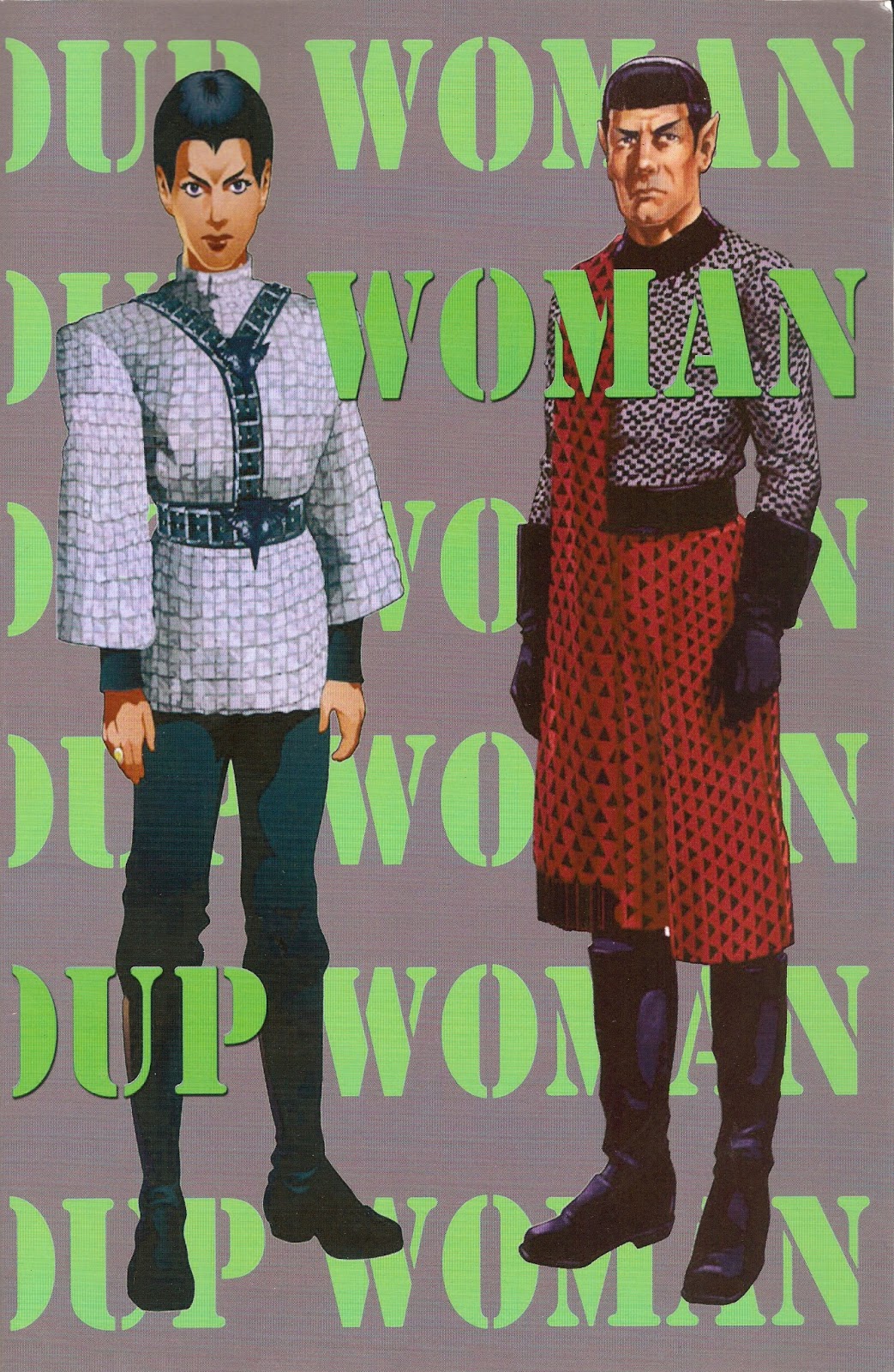LATTA: CLARK | KEROUAC | ALLUVIAL DEPOSITS
To come across a blog that's not merely information, caster oil or any other pharmaceutical we desperately need but don't necessarily want. To encounter something else. What is a pleasure to read — that jumps and bumps with the same force rhythm speed differentiation and wildly shifting registers that first drew me as a young man to Melville, Crane, Hopkins, WCW, Pound, Olson, Loy, Howe &c — the big guns that made reading a pleasure and not a duty. Like throwing a record on the turntable or pulling a book from the shelf when one doesn't want to work. When one has had enough of work. This is Latta's Isola di Rifiuti. A blessing that strategically understates itself.
Latta mentions "alluvials" in a March 12 posting — a concept Kerouac appeals to when describing the work of Lester Young. Clark Coolidge later devotes some attention to this notion of the alluvial in Now It's Jazz. Like Pound's notion of the Luminous Detail or what Benjamin refers to as the memory that flashes up in a moment of danger, an alluvial is a deposit, a thing distilled, left behind, evidence or trace of prior movement. According to the OED alluvium are deposits of transported matter left by water flowing over land. Disparate and displaced elements of an interminably moving moment bent on echoing itself over and over — a moment that insists on announcing its already having happened but never as it happened.
The very idea of the "alluvial" — as it comes to us through Kerouac via Coolidge and now Latta — is itself alluvial: concept deposited and lodged, embedded and reproduced in dislocated discussions removed countless times from any discernible trace of a source. To drag a rake over a field of cultural production and measure the historically determinate confusion it yields.
Thoreau meditating on a railroad embankment (included in McCaffery and Rasula's Imagining Language):
Latta mentions "alluvials" in a March 12 posting — a concept Kerouac appeals to when describing the work of Lester Young. Clark Coolidge later devotes some attention to this notion of the alluvial in Now It's Jazz. Like Pound's notion of the Luminous Detail or what Benjamin refers to as the memory that flashes up in a moment of danger, an alluvial is a deposit, a thing distilled, left behind, evidence or trace of prior movement. According to the OED alluvium are deposits of transported matter left by water flowing over land. Disparate and displaced elements of an interminably moving moment bent on echoing itself over and over — a moment that insists on announcing its already having happened but never as it happened.
The very idea of the "alluvial" — as it comes to us through Kerouac via Coolidge and now Latta — is itself alluvial: concept deposited and lodged, embedded and reproduced in dislocated discussions removed countless times from any discernible trace of a source. To drag a rake over a field of cultural production and measure the historically determinate confusion it yields.
Thoreau meditating on a railroad embankment (included in McCaffery and Rasula's Imagining Language):
When the flowing mass reaches the drain at the foot of the bank it spreads out flatter into strands, the separate streams losing their semi-cylindrical form and gradually becoming more flat and broad, running together as they are more moist, till they form an almost flat sand, still variously and beautifully shaded, but in which you can trace the original forms of vegetation; till at length, in the water itself, they are converted into banks, like those formed off the mouths of rivers, and the forms of vegetation are lost in the ripple marks on the bottom.That language, memory, the cobbled histories and perniciously convoluted forms of consciousness potentially operate as such. Alluvium as concept has perhaps the potential to be developed further and drawn into discussions of history, memory, consciousness and the unconscious. What comes to us through contingent arteries. Fractals. Broken bits. All things incompleat. Etc.



<< Home